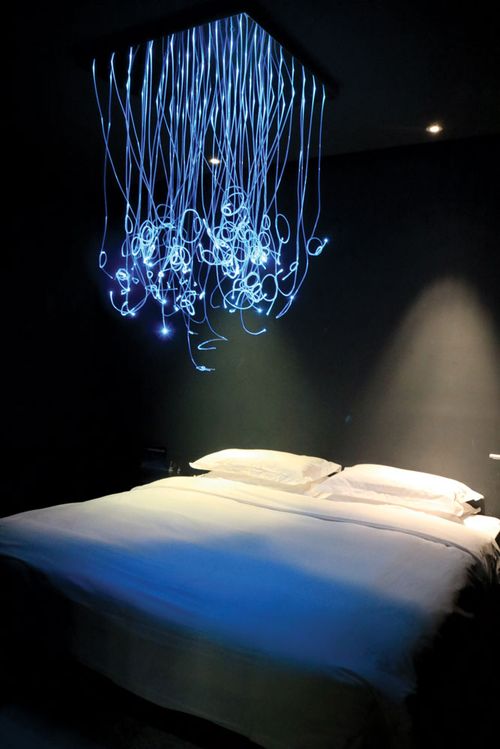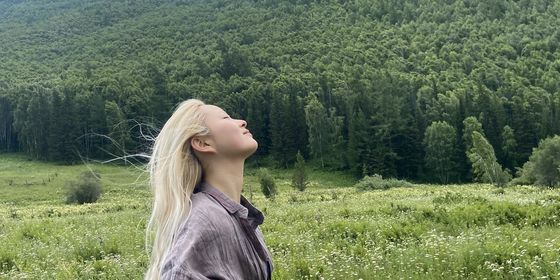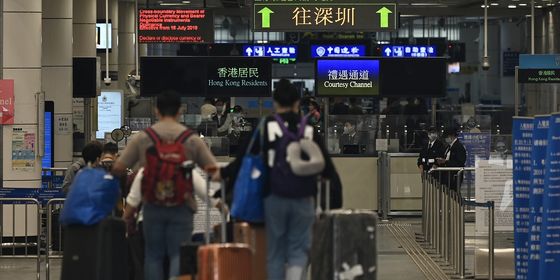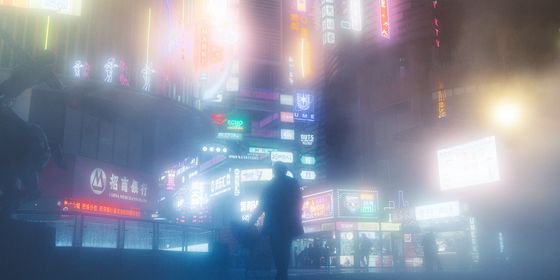Discovering ancient Chinese culture in the hotel industry’s “ocean of sameness”
Founder and CEO Liu Shaojun of China’s boutique hotel chain, The Emperor, says he got into the hospitality business by accident. While looking at a rental property for a business incubator he was intending to develop, he came across a building belonging to Tsinghua University just outside the eastern wall of the Forbidden City. “As soon as I saw that view across the rooflines of the palace, I knew,” he said, and the rest, is history; quite literally.
The Emperor officially opened for business in 2008, but before that it had already become the first Chinese listing to make it onto Design Hotels, the worldwide boutique and luxury hotels network. It was also featured in Forbes, Time magazine, and a BBC documentary series about Beijing’s pre-Olympics hotel boom that also bluntly explained why the business was getting so much attention: “When it comes to hotels there are slim pickings when it comes to gems of an original design.” When the BBC reported on The Emperor again this January, now at a new location off Qianmen Avenue, Marc Brugger, managing director of Beijing’s Rosewood Hotel, is quoted still lambasting the modern international hotel scene as “an ocean of sameness.”
But for Liu, the biggest problem in the stylistics of Chinese hotels is not just their uniformity, but that it’s not even a uniformity of China’s creation. “The concept of the ‘star-level’ hotel comes from the West; we adopted it in the 1980s, and we never did anything to make it our own,” he says. “For examples, having a fitness room, when exercising until you perspire heavily is prohibited in Traditional Chinese Medicine. Or charging for phone calls when it’s the Chinese custom to check in with your family that all is well when you travel to a new place.”
This practice consigned Chinese “star-level” and chain business hotels to play a losing game from the start, says Liu. “We copy, but we have to struggle against the shortcomings of the Chinese service industry and the lousy reputation that Chinese products already have abroad. So we have to ask ourselves, what is it that’s uniquely Chinese that we can do well, that’s worth everyone in the world admiring if we do it well?”
This is a question that has been rising steadily in the nation’s agenda in the past decade, crystalizing from when president Hu Jintao identified the spread of the nation’s “soft power” as a policy priority in a speech in 2007. In the era after China’s global economic and political ascendance is for granted, the leadership is concerning themselves with shoring up the nation’s cultural influence and projecting its image abroad. With the inauguration of president Xi Jinping’s One Belt One Road initiative in 2013, the focus also became targeted specifically at raising the prestige of the cultural heritage of an overlooked part of the world.
In China’s market for high-end goods and services, consumers are also slowly shifting from decades-long obsession with European design influences from a rediscovery of China’s own ancient heritage as elements of social status. As recent headlines have indicated, some of the highest-priced developments in China are now those styled as aristocratic compounds or Jiangnan literary gardens, and the boutique hotel industry has been adopting phrases like “Chinese-style luxury” and “palace-style design” to indicate a subtler form of high luxury in contrast to the brassy, overtly quirky “petty bourgeois” templates of the past decade. The Emperor itself has even spawned copycats elsewhere in China.

The new Suzhou location of The Emperor tries to reflect the character of local tiled architecture and courtyards
At The Emperor, China’s cultural heritage is reflected in elements like its lobby design, artwork based on ink themes and Chinese characters by artist Bingyi, a meeting room built for tea ceremonies instead of banquet seating, and a check-in procedure where guests first sit down and are served tea in accordance with Chinese guest-receiving etiquette.
Most of the interior décor, however, is startlingly hip, with chrome finishes and straight angles like a contemporary furniture showroom. Liu prefers to call his philosophy “new Chinese-style living” that puts emphasis on doing things “well” as much as, if not more than, exact historical detail. “It’s not about trying to adapt everything from history or force-feed the guests a lesson in culture; that hasn’t worked so far,” he says. “I’ve put in things that Western guests would enjoy…like a free mini-bar, a rooftop pool with a view into the palace, free wireless internet all over the building before that was common.”
The hotel’s marketing director, Fiona Zhao, estimates that 75 to 85 percent of guests today come from outside China. This is likely due to momentum from initial press coverage as well as the room rates which, starting at 800 RMB, is a little over the budget of ordinary Chinese travelers (at least in the midst of the country’s anti-corruption drive), but quite reasonable for the average Western tourist. “I want them to leave with an impression that they enjoyed China, and that’s in the cultural elements as well as their experience of little, thoughtful details,” Liu says.
It so happens that Chinese does have its own prototype of the modern five-star chain hotel, which is where The Emperor gets its inspiration as well as its Chinese name 皇家驿栈, or “emperor’s roadhouse.” Throughout its dynastic history, some of China’s most renowned emperors were also avid cross-country travelers, whether for pleasure or—as in the famous case of Emperor Qianlong of the Qing dynasty—to survey the people and conditions of their vast realm. Along the way, they dined and lodged at local establishments which, as soon as the imperial entourage has left, were able to rebrand themselves with the glowing recommendation and even new names or calligraphic signs said to have been bestowed by their eminent guests.
Visitors all over the empire began flocking to these businesses to sample foods and services proven to have been, literally, fit for an emperor. Yet unlike the modern hotel chain, what these imperial-standard establishments offered in common to their customers was a sense of dependability in good service and amenities, while each maintaining a distinct heritage of the local favors, history, and quirks that had attracted the emperor in the first place.
In 2014, because Tsinghua did not renew the lease of its building, The Emperor moved to Qianmen Avenue. Whereas in the old location had run with the Forbidden City theme by naming individual rooms after emperors and putting their faces on the on the room cards and doors, the designers continued the trend of drawing inspiration from the local environment by giving the new hotel a water theme in honor of its location on the site of an old bathhouse; the rooms are all named with Chinese characters containing a water radical, and in the lobby, built to resemble a stone path between ancient buildings, an installation by Canadian artist Dan Euser makes “rain” at 9 a.m. each day. A new location opened in Suzhou this year consists entirely of private courtyards for rent built with black tile roofs and white surfaces of the Jiangnan water-town style. The Guizhou location, also opened this year, emphasizes the area’s hilly geography.

The Qianmen location of The Emperor incorporates water themes, such as this blue lighting fixture, into its interior design
For Liu, these are lessons from the past that, writ large, could be useful for the entire Chinese travel and hospitality industry. “The problem right now is that whenever we develop anything of historical interest in China, it’s only to attract tourists,” he says. “Whereas when I travel in the West, I find historical or natural sites that are preserved to benefit local people first and foremost, because local people are proud of it. That’s what I like to see.”
Images courtesy of The Emperor
Traveling With Chinese Characteristics is a story from our issue, “Wildest Fantasy.” To read the entire issue, become a subscriber and receive the full magazine.












